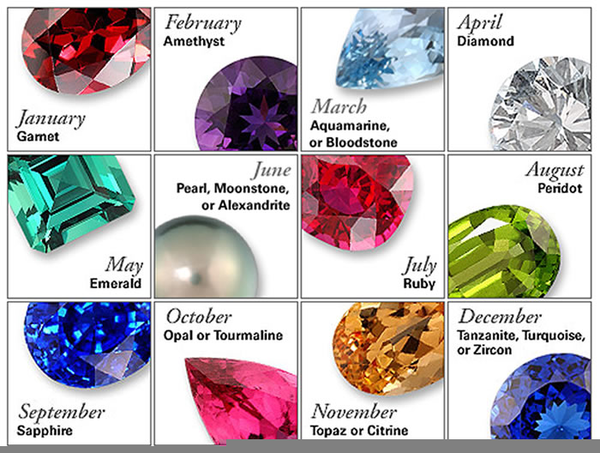

Hence, the popular belief that the alexandrite gemstone is a good omen and the reason why consumers preferably choose it as a part of their engagement ring designs. Many myths and legends describe alexandrite as a carrier of good luck, especially when it comes to love and finances. Alexandrite is associated with love and fortune. Alexandrite is found only in a few locations in the world.Īpart from the Ural mountains – the original source of alexandrite, this gemstone can be also found in a few other deposits in Brazil, Sri Lanka, Burma, Madagascar and Tanzania. The truth is, even synthetic alexandrites, whose price is significantly lower than its mined counterpart, is often not affordable for the average consumer. However, imitations do exist, but they can be easily identified with the use of special tools and techniques that modern appraisers employ in their work. Hence, the reason why it is considered an exceptionally precious possession. Unlike almost any other member of the gemstone family, alexandrite is a one that is typically untreated. A quick and short comparison: alexandrite is harder than garnet (7.5 Mohs) and softer than sapphire (9 Mohs). This feature makes it highly favored in jewelry craftsmanship, as it allows artisans to easily work with it and create complex designs. Ranking 8.5 on the Mohs scale, the alexandrite gemstone is one of the hardest minerals on the planet. It is, undoubtedly, a majestic cushion-cut rock that is originally coming from Sri Lanka. This one-of-a-kind specimen with vibrant green and red hues is on display at the Smithsonian Museum in Washington, DC. The largest faceted Alexandrite weighs 66 carats. The round-cut alexandrite is also used in gemstone bracelets. Therefore, the alexandrite gemstone can be commonly seen in a ring and necklace designs, often playing the role of a centerpiece, thanks to its genuine color attributes. Since most alexandrite specimens feature a carat weight below 2 CTW, cutters tend to give them either the cushion or the round look, because these two shapes work best for smaller stones. Alexandrite is mainly faceted into cushion and round cuts. Therefore, a single carat of non-treated, natural alexandrite is priced within the $20,000 - $35,000 range, while a flawless, D-grade diamond with the same size costs between $24,000 - $29,000.

Not just alexandrite is rarer than the rock we all know as “a girl’s best friend”, but it is also more expensive. Surprisingly or not, another big name added to this category is diamond. The reports reveal that alexandrite specimens below one carat fetch higher prices than other reputable colored gems, like sapphire, ruby and emerald. Alexandrite is more expensive than sapphire, ruby, and emerald. Alexandrite is one of the gemstones that display the finest chatoyancy, along with aquamarine, tourmaline and moonstone. When the gem is moved back and forth in fluorescent light, the white stripe beneath its surface does the same and this is how the best “cat’s eye” performance can be seen. Hence, the second popular name of chatoyancy. The simplest way to explain this optical phenomenon is: a visible white stripe in the center of the gem that makes it appear as a cat’s eye. Let's take a close-up look at this magnificent color change: The rarest specimens of color-change alexandrite have either yellow green or plain green color. Typically, alexandrite displays a blue-green hue in daylight, while it appears red in incandescent light. In other words, it is a color-change gemstone that switches from one color appearance to another, depending on the particular type of lighting. Alexandrite exhibits a different color in artificial and daylight.ĭue to its pleochroic property, alexandrite is defined as a color change variety. The discovery took place on the future czar’s 16 th birthday when he wasn’t wearing the crown yet and was known as Alexander Nikolaevich only. The gem got its name in honor of the Russian Czar Alexander II. The first alexandrite specimen in history was found in the Ural mountains by Nils Gustaf Nordenskiöld, a Finish mineralogist and traveler who first misidentified it as emerald. Alexandrite was originally discovered in Russia, 1834. Following are the most interesting facts about the one and only, alexandrite gemstone. This article is a special shout-out to anyone who already has it or is planning to add it to their collection of precious jewels. Alexandrite is easy to love, but hard to own, because this fantastic rock is extremely rare and expensive. Unique, romantic and endlessly charming is how a gemstone enthusiast would describe alexandrite, known as one of the three June birthstones.


 0 kommentar(er)
0 kommentar(er)
